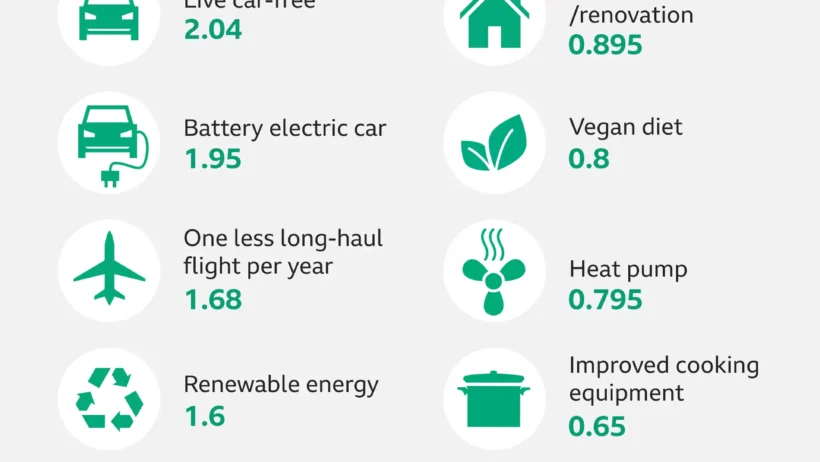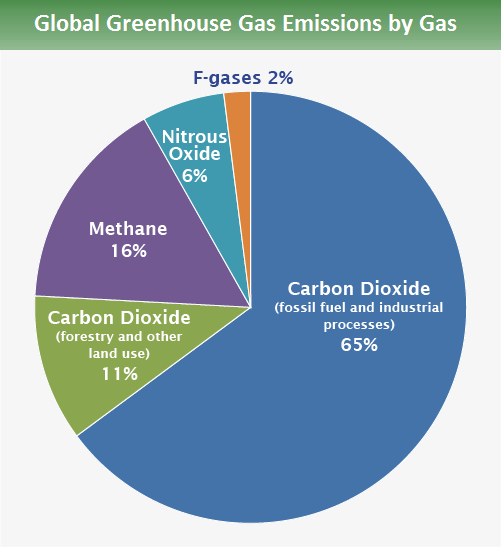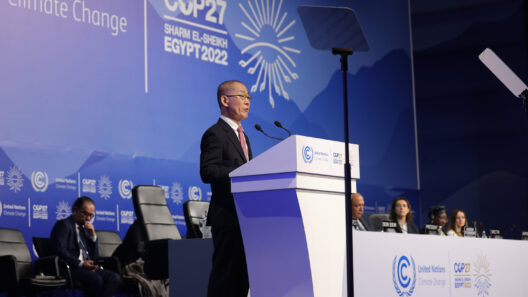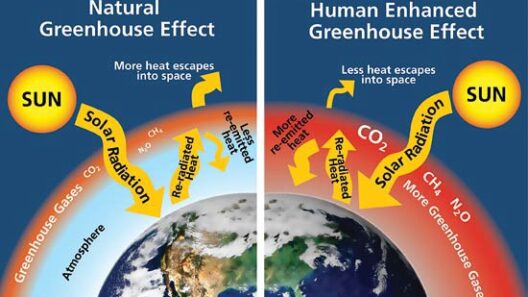The urgency of reducing carbon emissions is more pronounced than ever. As scientific consensus solidifies around the reality of climate change, understanding whether humanity can mitigate its impacts—and limit global warming—is imperative. The question is not merely academic; it holds profound implications for ecosystems, global economies, and future generations. This discourse seeks to illuminate the multifaceted avenues available for diminishing carbon footprints and fostering a sustainable future.
To embark on a journey toward a cooler planet, one must first grasp the severity of the situation. The Intergovernmental Panel on Climate Change (IPCC) has articulated the need to limit global warming to 1.5 degrees Celsius above pre-industrial levels. Current emissions trajectories, however, suggest a far bleaker outcome, potentially pushing temperatures beyond 2 degrees Celsius, which could trigger catastrophic ecological and societal repercussions. This stark reality mobilizes an urgent inquiry into the mechanisms by which we can stave off such calamitous outcomes.
The commitment to carbon neutrality is escalating globally. Organizations, cities, and governments are establishing ambitious targets, often aiming for net-zero emissions by 2050. The Paris Agreement, ratified by nearly every nation, outlines a collective endeavor to reduce emissions through nationally determined contributions (NDCs). While these pledges signify a shift in perspective, it is crucial to interrogate their feasibility and the structural changes required to achieve them.
One of the most promising pathways toward significant emission reductions lies in the decarbonization of the energy sector. Fossil fuels have long been the backbone of energy production, yet their combustive nature releases enormous quantities of carbon dioxide. Transitioning to renewable energy sources such as solar, wind, hydroelectric, and geothermal power could dramatically alter this paradigm. With technological advancements and economies of scale, renewable energy is more affordable than ever, holding the potential to supersede traditional energy sources. The International Energy Agency (IEA) forecasts that renewables could account for over 70% of global electricity generation by 2050 if current trends continue.
However, simply scaling up renewables is insufficient. Energy efficiency measures must also be implemented. This entails optimizing energy usage across industry, transportation, and residential sectors. Innovative technologies—such as smart grids, advanced building materials, and energy-efficient appliances—can drastically reduce the energy demand that fuels emissions. Policies that incentivize energy-saving practices, such as tax credits or subsidies for energy-efficient retrofits, can further catalyze change.
Transportation, responsible for nearly a quarter of global emissions, presents another critical frontier for reduction. The electrification of vehicles, including cars, trucks, and public transport, signals a shift toward a low-emission transportation paradigm. Additionally, investments in infrastructure to support electric vehicles, such as charging stations, must be prioritized. Cycling, walking, and public transport offer sustainable alternatives that can alleviate urban congestion and minimize emissions. Urban planners and policymakers have a unique opportunity to reshape metropolitan landscapes to favor these low-carbon modalities.
Agriculture, often overlooked, is another significant contributor to greenhouse gas emissions. Practices such as deforestation for cropland, methane emissions from livestock, and the overuse of fertilizers exacerbate environmental degradation. Transitioning to regenerative agriculture—practices that restore soil health and promote biodiversity—can sequester carbon in soils and enhance resilience to climatic disruptions. Moreover, promoting plant-based diets can substantially lower food-related emissions, presenting a dual opportunity to improve public health while benefitting the environment.
Industrial processes also necessitate scrutiny. Industries, from cement to steel, are traditionally carbon-intensive. Innovations in carbon capture and storage (CCS) technologies could allow for the continued use of fossil fuels while mitigating emissions. Furthermore, shifts toward sustainable materials—such as bio-based alternatives to plastics—can drastically reduce carbon footprints across various industries. However, these shifts must be supported by robust regulatory frameworks and market incentives to ensure widespread adoption.
Moreover, the socio-economic dimensions of carbon reduction must not be neglected. Climate justice underscores that those most vulnerable to climate impacts are often the least responsible for emissions. Transitioning to a low-carbon economy must therefore include strategies that do not exacerbate existing inequalities. Policies that support job creation in renewable sectors, fair transitions for fossil fuel workers, and investments in communities disproportionately affected by climate change are paramount for an inclusive green economy.
Technological innovation plays a crucial role in reducing emissions, but it is equally essential to foster behavioral changes within societies. Reducing carbon footprints involves collective action at individual, community, and global levels. Educational initiatives that promote environmental awareness can empower citizens to make informed choices—whether through energy conservation, waste reduction, or responsible consumption. Social movements advocating for climate action have shown that grassroots efforts can catalyze significant political and corporate changes.
Ultimately, whether humanity can reduce carbon emissions sufficiently to limit global warming hinges on coordinated global efforts, innovative solutions, and an unwavering commitment to sustainability. The path ahead is fraught with challenges, yet the potential for transformative change exists. By embracing a multi-faceted approach—rooted in scientific understanding, social equity, and technological advancement—humanity can collectively steer toward a future where carbon emissions are significantly curtailed, and global warming is kept at bay.
The time for deliberation has passed. Action is required now. With the promise of innovation and a collective shift in perspective, it is within reach to envision a world that balances human interests with the ecological integrity of our planet. The question thus shifts from “Can we?” to “How soon can we?”







